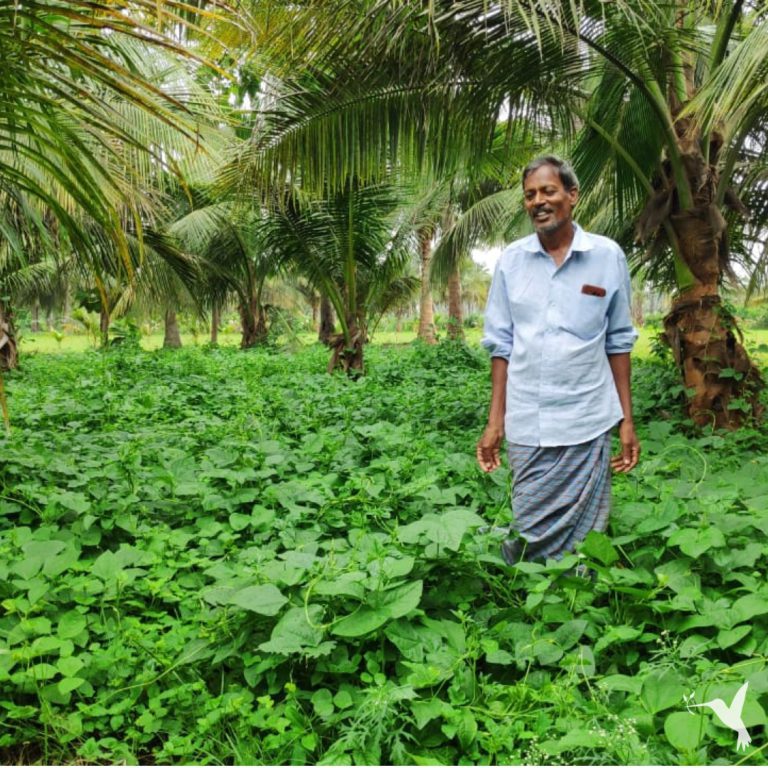Scaling Blockchain Traceability in Consumer Products
What will it take to bring this trend to the next level?
Consumers are demanding greater visibility for the origins and certifications of their products. This is especially the case when educated consumers are paying a premium for certain desired attributes. They want to know, with confidence, that their products are indeed chemical free, non GMO, organic, fair trade, and gluten free. In addition, many consumers want to know about the farmer who grew their product, time of harvest, and the social and ecological impact of production.
Blockchain technology continues to gain momentum as the great scalable technology that will bring this transparent validation to the global natural products industry, a vast and growing network of consumers, and their trillions of buying dollars.
However, until now much of the adoption of blockchain traceability has been realized “behind the scenes” in a B2B (business to business) format that does not reach consumers. The blockchain focus has been centered on food safety, data sharing, and value chain efficiency.
What about the consumer?
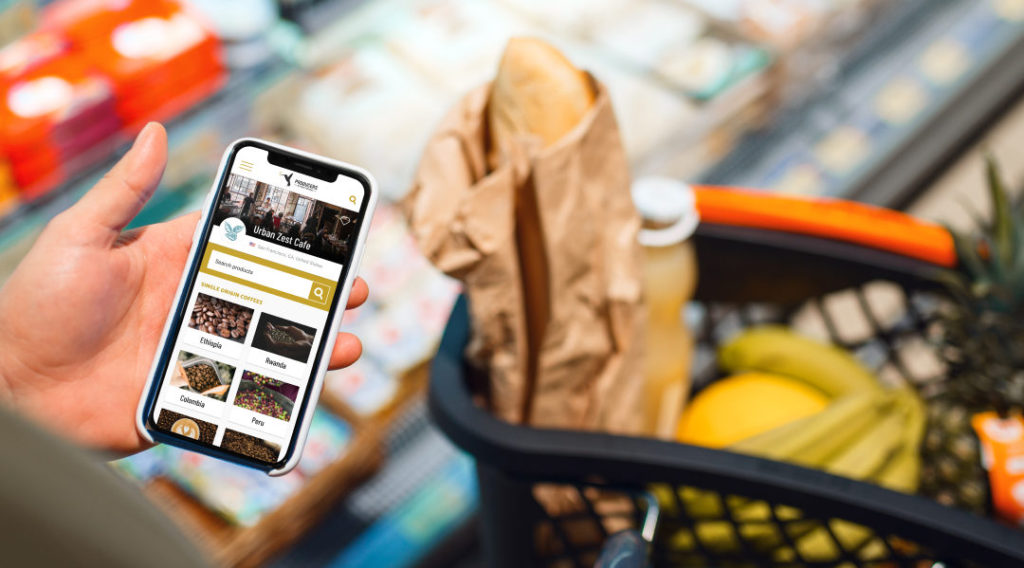
On the grocery retail side, Carrefour seems to be the most progressive group with blockchain traceability integration to consumer products in European stores.
We are also seeing other major groups such as J.P. Smucker’s Folger brand now rolling our blockchain traceability QR codes on their packaging in partnership with Farmer Connect.
There are other examples of small blockchain integrations with consumer products; however, these represent a tiny drop in the bucket of value chains considering the size of the global natural product industry. I personally like to do the “Whole Foods test.” I walk into a Whole Foods store, go down the aisles, and see how many products or brands are marketing blockchain traceability. I have a strong focus on the fresh produce (fruits, vegetables, seafood, dairy, meat, eggs). Right now, the Whole Foods test still seems to be close to zero products with blockchain traceability integrated out of 10,000+ SKUs.
What will it take to scale blockchain traceability?
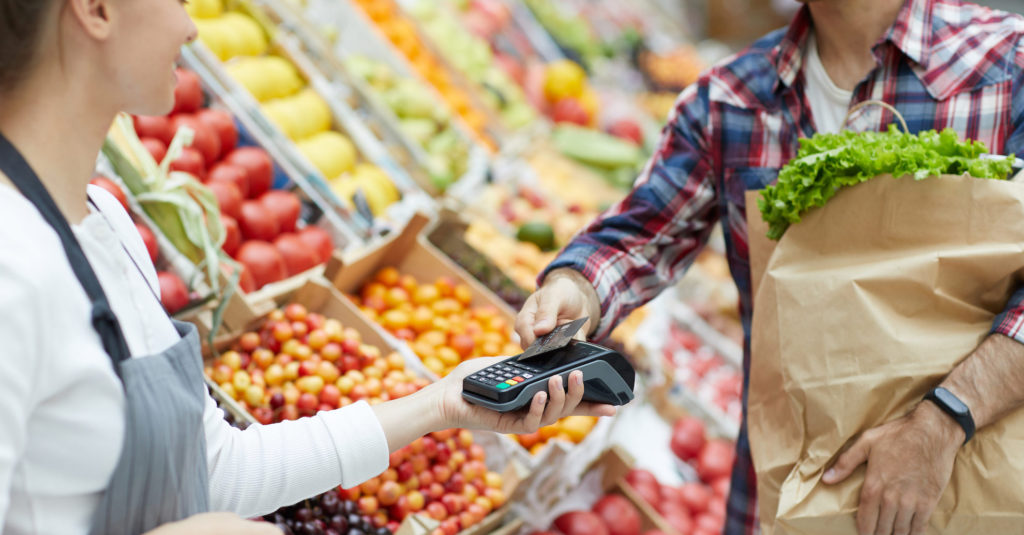
One of the most important questions impacting the speed of adoption is this: How many educated consumers are willing to pay a premium to have blockchain verification on their products? How do brands need to communicate to them that this verification is there, and what it means?
To answer this question with confidence will require market research at the retailer level across product categories—and geographies. Consumers must vote with their dollars in order to drive mass adoption by the brands and retailers that serve them. However, until there is a critical mass of traceable products, consumers will be unable to vote. What’s more, there is an education gap to be bridged if consumers are to understand the significance of blockchain and how it benefits them as informed consumers.
Let’s also envision a situation where pricing is not at play. All things being equal with price and quality, will consumers choose one brand over another if one of the two brands has blockchain traceability verification? Are consumers ready to reward those brands that make the effort to go traceable? The unfortunate reality displayed by consumer surveys and interviews is they often say one thing, but then make a different decision when they are choosing their purchases at the store.
This brings us into the deeper question about the economics of blockchain traceability.
Who is going to risk paying for blockchain traceability before it is proven to influence consumer buying behavior?
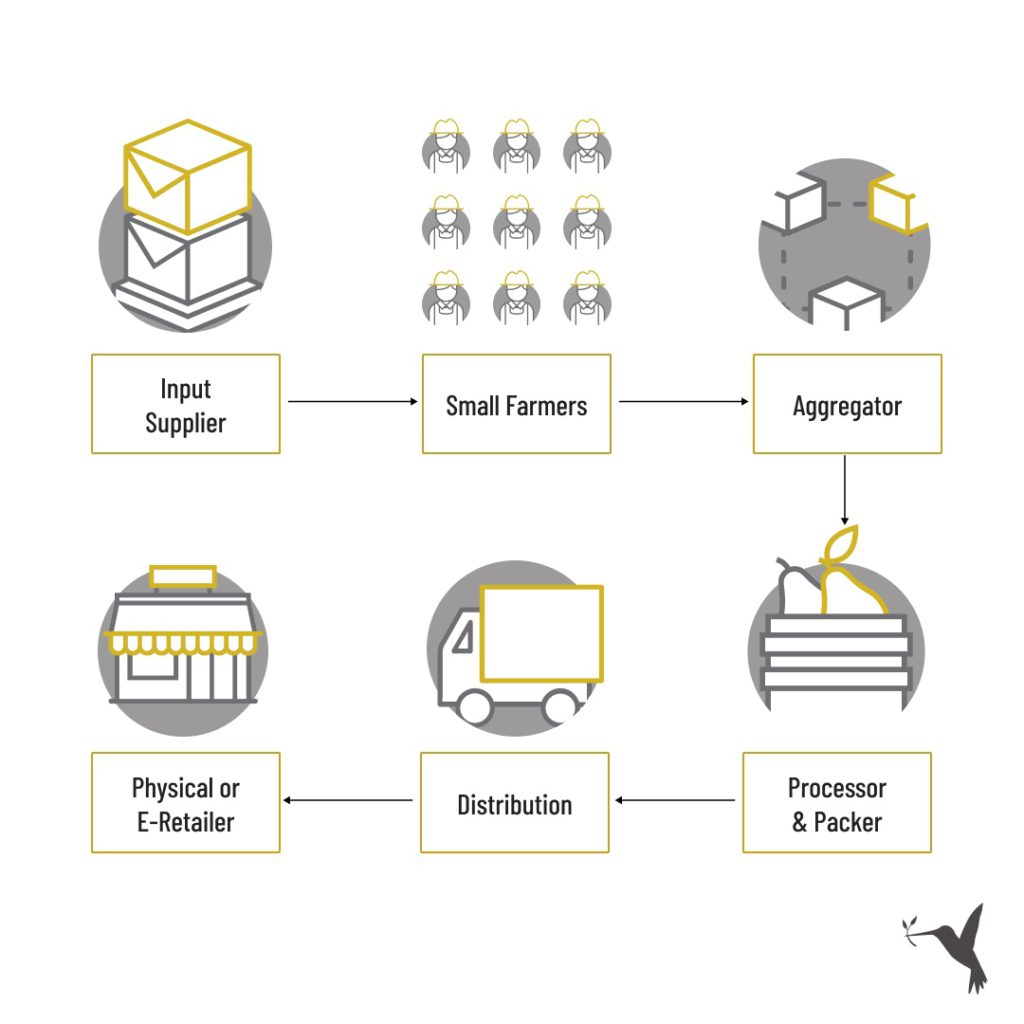
Unfortunately, blockchain infrastructure still has a significant cost. It can vary greatly depending upon the blockchain infrastructure provider, the quantity of data points captured, and the quantity of stakeholders integrated with the blockchain system.
In value chains driven by food safety and recalls, for example, retailers can drive blockchain adoption and demand mandatory or preferred participation from their upstream value chains. But when we are speaking specifically about the consumer-facing application of traceability, the driving force of such an integration becomes unclear.
In my experience, farmers, packers and processors are heavily resistant to taking a risk on blockchain integration for two reasons. First, growers and processors are burdened with yearly fees associated with all sorts of certifications from government and industry in order to commercialize outputs, especially internationally. Given that many operate on thin margins, there is a strong pushback to absorbing any fees without a clearly demonstrated and defined economic benefit. Second, integrating blockchain can involve additional work to collect data and upload it to a system. Integrating with an existing ERP system can also cause headaches for operators.
I believe that it will be innovative, consumer-focused brands that will drive traceability for consumers as a source of differentiation, demonstrating their superior sourcing and supply chain practices. These brands will eventually compel larger, corporate brands to make acquisitions and shelf space to meet their customers’ demands, while also pushing further adoption in larger establishment brands wishing to compete in the highly coveted premium consumer marketplace.
The adoption of blockchain technology for a consumer product isn’t a simple write-a-check-and-snap-your-fingers type of deal. It requires the full integration of a value chain into a data uploading and sharing system, as well as coordination and adaptation of current upstream supply partners’ practices. Blockchain traceability for brands that simply source from traders and wholesalers is a non-starter, since these groups are notoriously reluctant to make their sourcing partners transparent. This eliminates the vast majority of consumer brands, in favor of groups who already participate in direct sourcing.
Which consumer products are the most likely candidates for mass adoption?
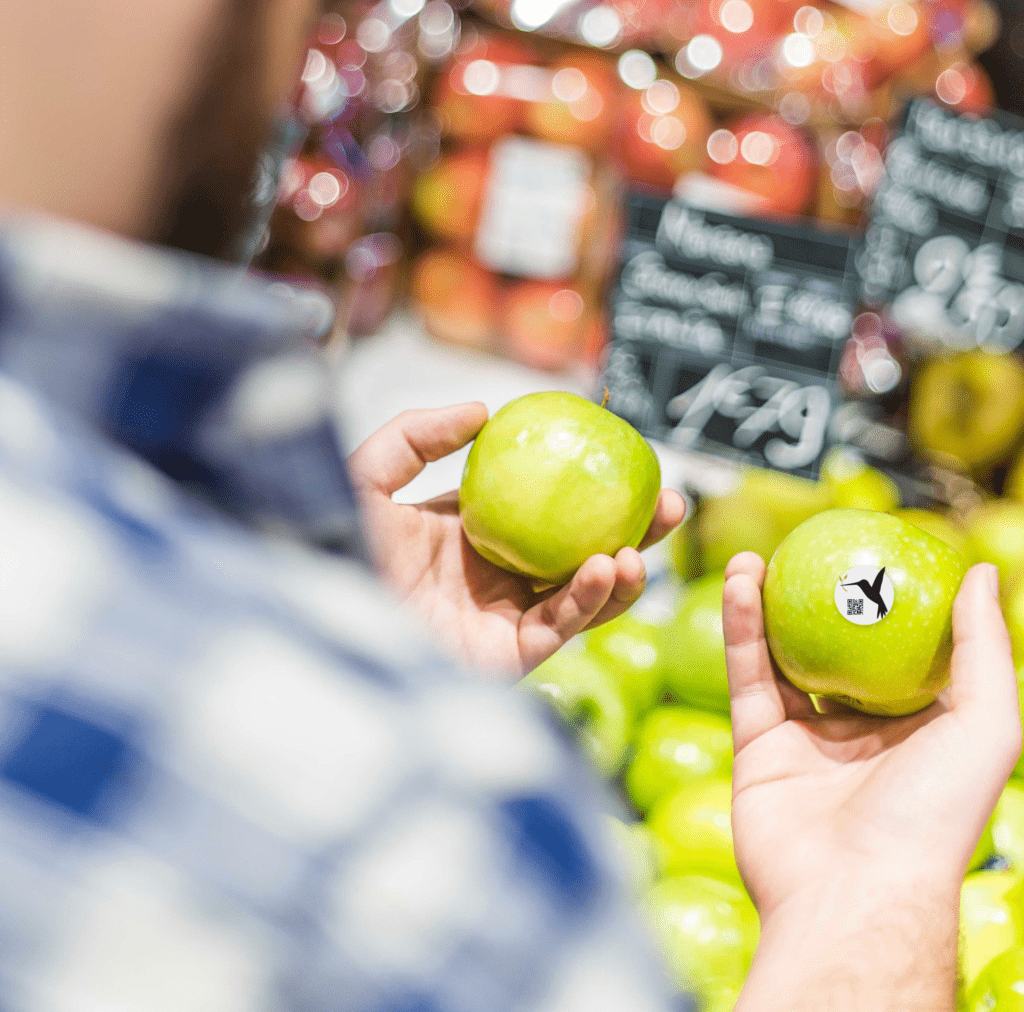
We believe that two critical factors will drive blockchain traceability adoption for specific product categories. The first is consumer demand for information about product origin and validation of product certifications and safety. Our team has segmented the demand for the product categories into three tiers of enthusiasm.
- “Buy or no buy.”
- “This is cool.”
- “Whatever.”
Value chains with high levels of perceived fraud or health risks, high benefits from local or fresh sourcing, or well-documented ecological or socially questionable practices fall into the “buy or no buy” category for many consumers. This means that in many instances traceability will directly influence purchasing behavior. For many individuals, this category appears to include meat, seafood, baby food, fresh produce, and to a lesser extent palm oil, chocolate, olive oil, and fine wine and spirits.
The “this is cool” level of demand applies to products for which a certification is generally enough for the educated consumer. However, sourcing transparency and story gives a product a “cool factor,” which may slightly influence consumer purchasing decisions, but is not likely to make a serious impact. This category benefits from general brand awareness, PR, and marketing. We see these tactics applied to a range of organic bulk and specialty items like nuts, grains, beans, and processed fruits and vegetables. We consider coffee to be an important category that will fall somewhere between “buy or no buy” and “this is cool,” depending on the individual consumer’s preferences.
The “whatever” category applies to products for which consumers simply do not care about origin or quality; for these products there will be no minimal incentive from consumer behavior to move into traceability. Examples include low-cost conventional products that use GMOs, chemical inputs, or rely on economically-driven low pricing models.
The second critical factor in product value chain adoption is ease of implementation. Depending on the complexities of the specific supply chain, adoption will imply varying levels of cost, technology availability and fragmentation around human resource requirements and capacity building.
Implementing a blockchain traceability system is not a one-size-fits-all solution—at least not yet. However, it is generally fair to say that value chains with technology-savvy farmers, fewer stakeholders, less middlemen, and scaled producers with existing ERP systems and record keeping will have the lowest barrier to entry into a blockchain traceability system. Products that are generally grown by small farmers in emerging markets, aggregated by traders, and then mixed into large batches and lots will have much difficulty achieving integration.
Producers Market and Blockchain Traceability
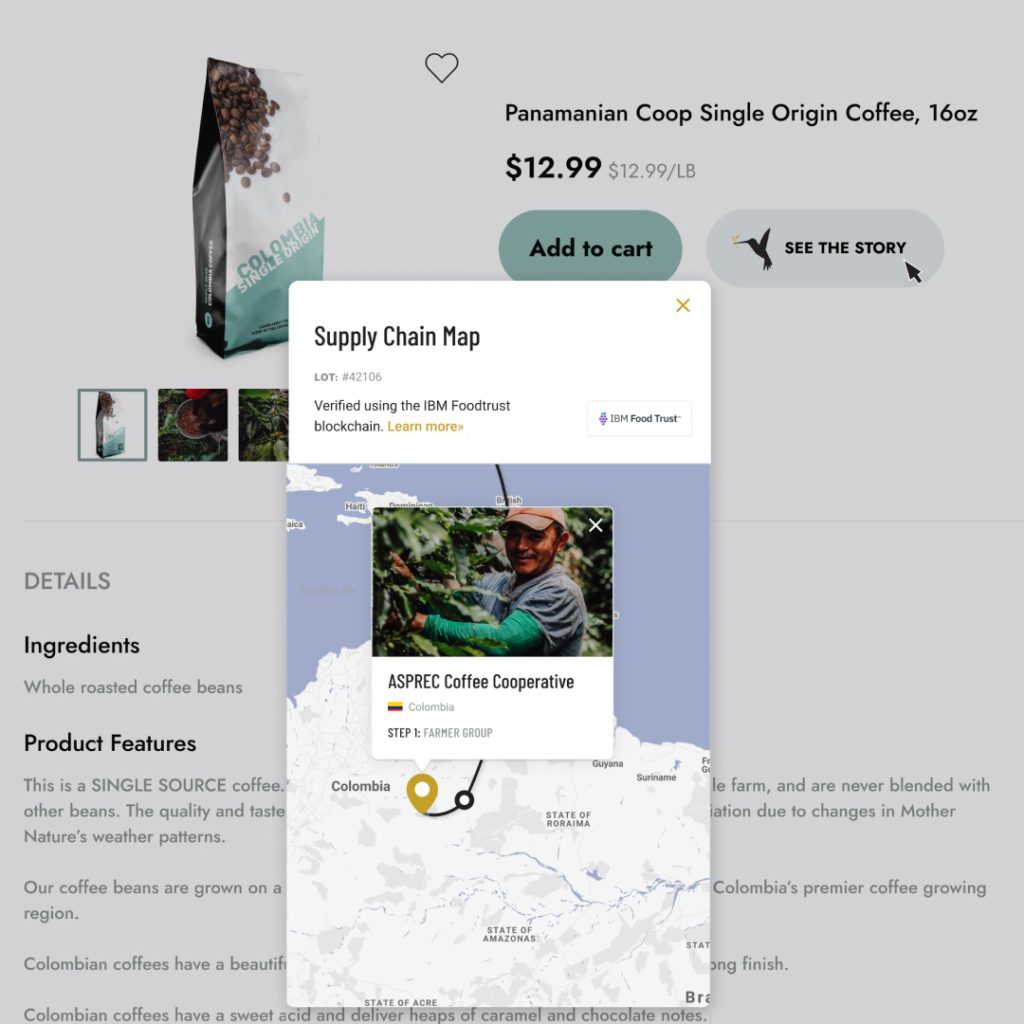
Producers Market envisions a world in which transparency—and more specifically blockchain traceability on value chain provenance, documentation, and transaction—becomes an important baseline marketing feature, and even a legal requirement.
The first key step is to establish blockchain traceability as an added-value marketing tool demanded by consumers, which will inspire thousands of retailers and brands to adopt such technologies. Taking responsibility for procurement practices and validation ought to be the norm—not a differentiation point. Meanwhile, it’s up to the innovators to prove the value of blockchain traceability to consumers, driving this first step toward scaled adoption.
We invite you to subscribe to our newsletter to receive more of our freshly-picked news related to this matter.
